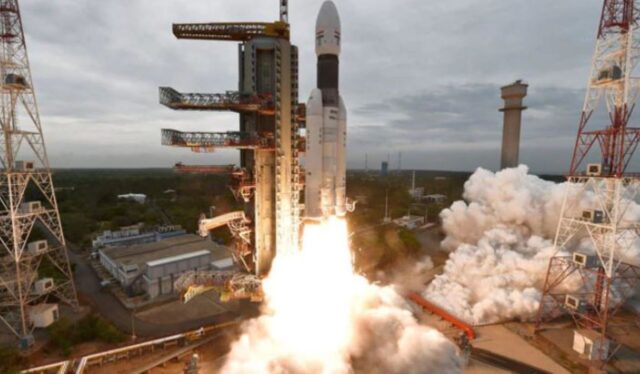The Indian Space Research Organization’s (ISRO) planned lunar mission, Chandrayaan-3, launched on July 14 at 2:35pm IST. This is ISRO‘s third lunar mission. Chandrayaan-3, the successor to Chandrayaan-2, which was flown toward the lunar surface on July 22, 2019, will be launched in the next days. Unfortunately, the preceding lunar expedition suffered a partial failure due to a crash landing on the Moon’s surface.
While most of the missions’ tasks and goals are similar, ISRO has made a few alterations to Chandrayaan-3 in order to prevent the blunders that led to Chandrayaan-2’s partial failure.
Chandrayaan 3 mission Details
As previously stated, the Chandrayaan-3 spacecraft will now launch on July 14 at 2:35 p.m. from the Satish Dhawan Space Centre in Sriharikota. Launch Vehicle Mark-III will carry out the mission. The Chandrayaan-3 lander is scheduled to soft-land on the Moon’s surface on August 23 or 24, nine days after launch.
READ MORE: Elon Musk vs Mark Zuckerberg fight: Zuckerberg Boasts a Huge Physique
The lander on Chandrayaan-3 will attempt to soft land at a predetermined lunar location, while the rover will undertake on-site chemical investigation of the lunar surface. The trip will last one lunar day, which corresponds to 14 days on Earth.
Differences between Chandrayaan-2 and Chandrayaan-3
The Chandrayaan-2 was made up of an Orbiter, a Vikram Lander, and a Pragyan Rover, whereas the Chandrayaan-3 is made up of a Lander module (LM), a Propulsion module (PM), and a Rover. It is equipped with a propulsion model and bears a payload named Spectro-polarimetry of HAbitable Planet Earth (SHAPE). For the future mission, the orbiter from Chandrayaan-2 will be utilized.
ALSO READ: 10 Best Electric Motorcycles in 2023
According to ISRO, the Chandrayaan-3 will include two lander hazard detection and avoidance cameras, as opposed to Chandrayaan-2, which only had one, and the cameras on Chandrayaan-3 will be more robust than those on its predecessor.
The space agency also tested the lander leg mechanism performance on Chandrayaan-3 to assure the legs’ strength.

















